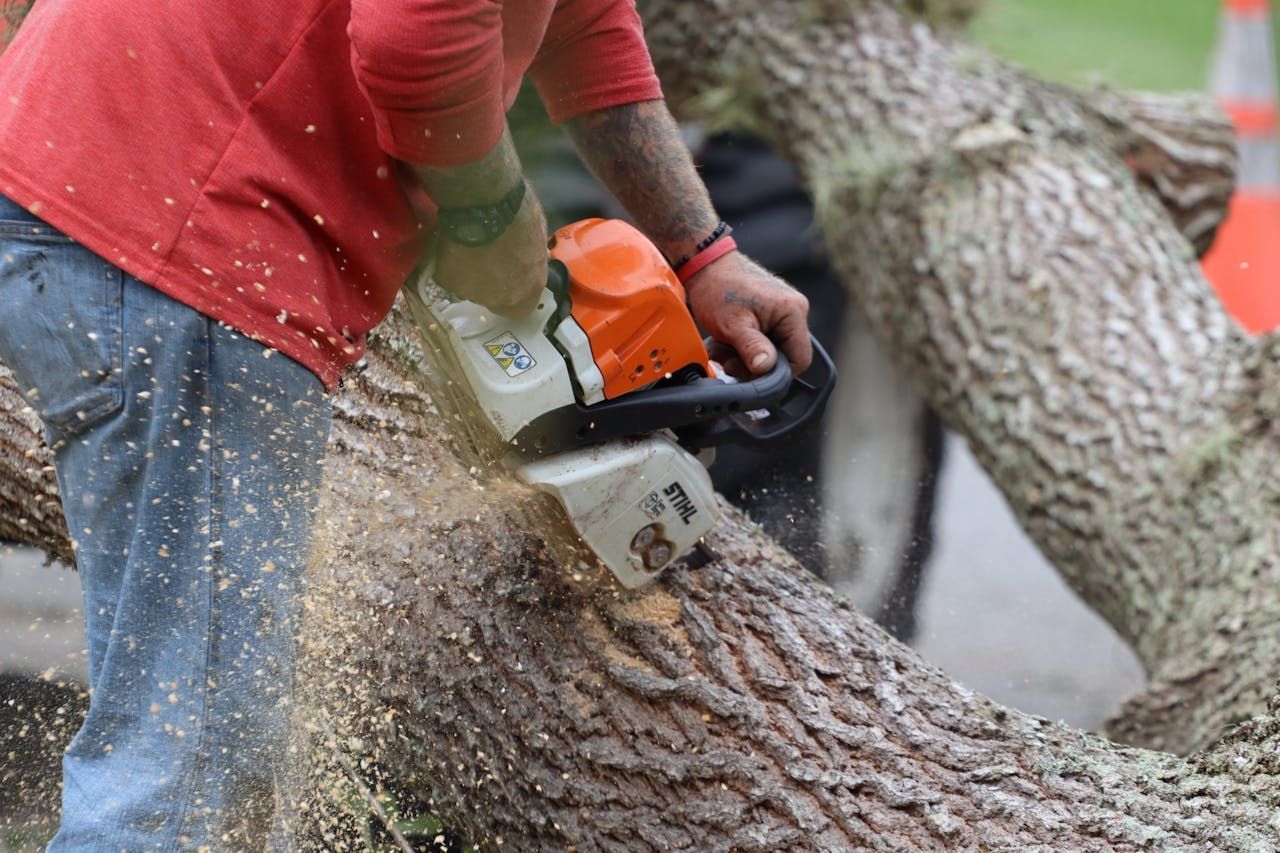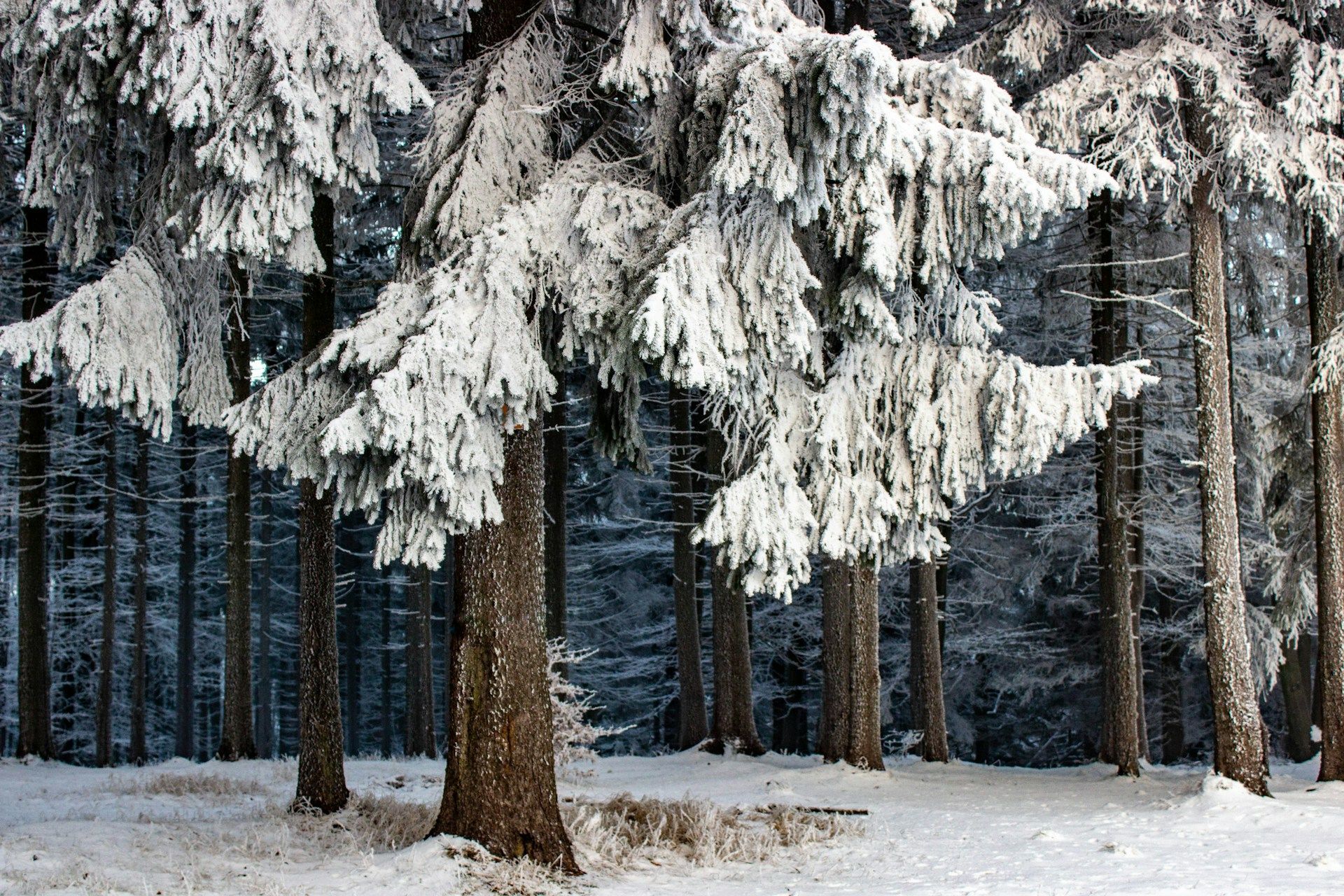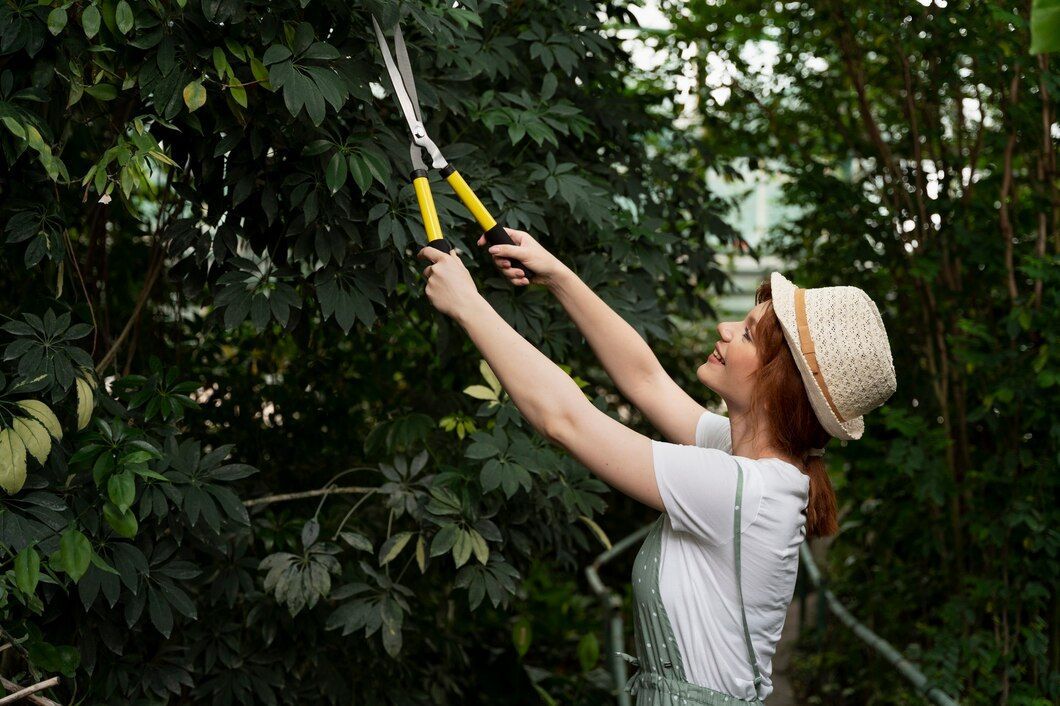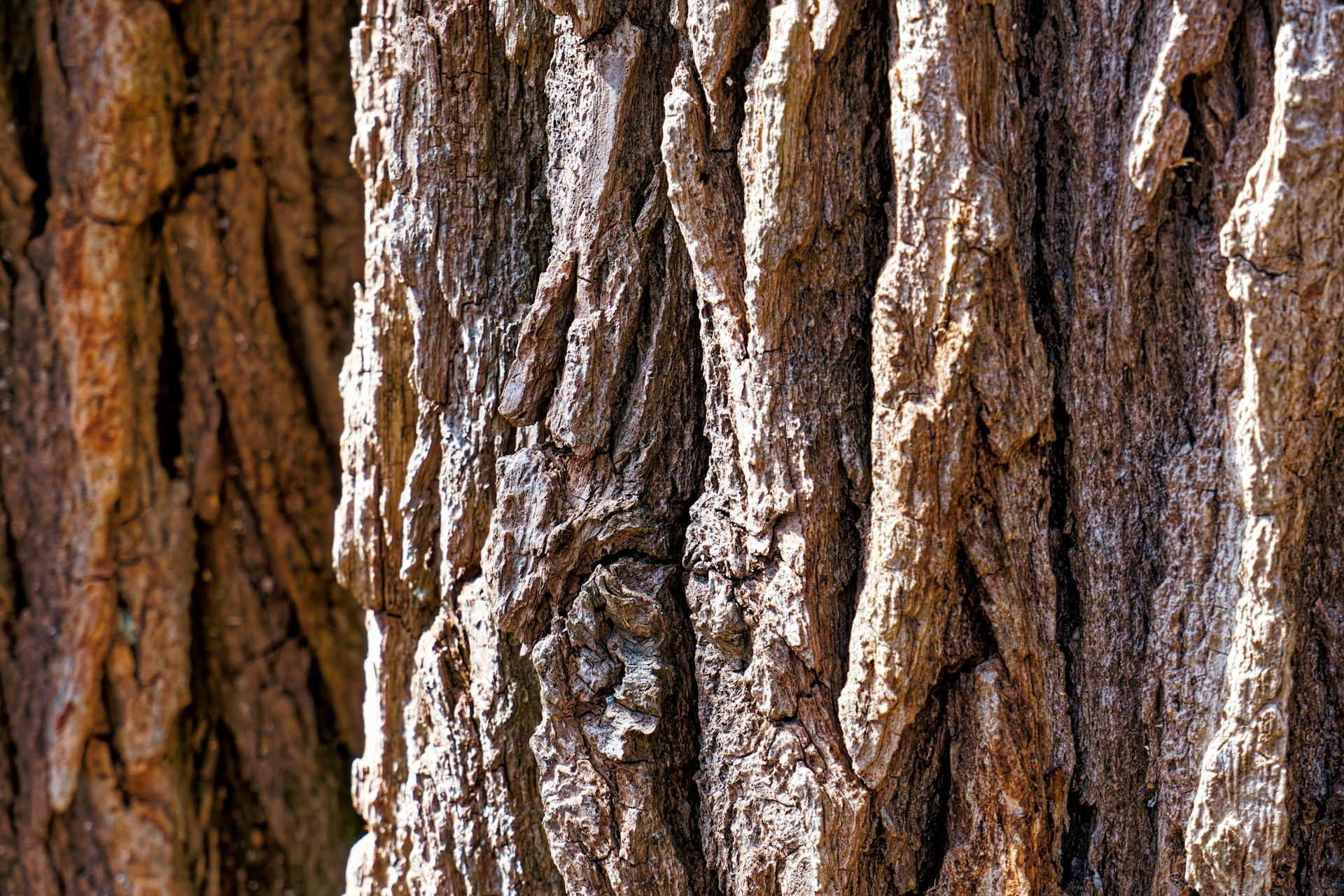Warning Signs That Your Tree Is At Risk Of Falling
Trees add beauty, shade, and value to your property, but when they're at risk of falling, they can quickly turn from an asset into a safety concern. Knowing what to look for can help you catch problems early, before they cause damage to your home, car, or nearby structures. A falling tree doesn’t always give obvious signs. Sometimes the warning signs are small but meaningful.
Some trees may appear healthy on the outside while hiding issues inside the trunk, roots, or limbs. That’s why it’s important to pay attention to how your trees look, grow, and respond to the environment around them. Today, we'll dig into the most common signs a tree might be in trouble so you can stay a step ahead of the risk.
Visible Damage To The Trunk Or Branches
One of the clearer warnings that a tree might fall is visible damage to the trunk or its branches. Trees take a beating from storms, strong winds, and constant exposure to the elements. Over time, that stress can lead to structural weakness. It might show up as a crack, a large dead limb, or even a strip of missing bark.
Some of the signs to watch for include:
- Cracks or splits running vertically down the trunk
- Branches that appear snapped but are still hanging
- Wounds or large areas of missing bark
- Cavities or holes inside the trunk from insects or decay
These issues shouldn't be ignored. A tree doesn't need to fall over all at once to pose a threat. It could drop heavy limbs without warning, especially during summer storms. One example we often see is a healthy-looking tree with a hollow inside. To someone passing by, it looks fine. But when wind picks up, the lack of internal support causes it to break at the base or drop massive branches.
Some homeowners believe these problems will stabilize on their own. But once the structure is compromised, the risk only grows. If multiple branches are breaking off or thinning out, especially in one part of the tree, it's time to act. Damage like this usually means the tree is struggling to stay upright or is already rotting from within.
Leaning Trees
A tree that leans can be healthy, but it depends on the angle, direction, and whether the lean is getting worse. Leaning doesn’t automatically mean a tree will fall, yet it's a sign that the root system might not be holding up as it should. If a tree that used to grow straight is now suddenly leaning, that's a red flag.
Several things can cause lean, including:
- Shallow roots that lose their grip in soft soil
- Saturated ground after heavy rains
- Decay at the base of the trunk where it meets the soil
- Heavy winds pushing one side of the crown
When a tree leans more than 15 degrees off vertical, it becomes unstable, especially if it’s close to a house, power lines, or walkways. Even minor shifts in lean can be dangerous on large or fully grown trees. The direction of the lean matters too. A tree leaning toward a structure or street poses a much greater risk than a tree leaning away into an open space.
Check the base where the tree meets the ground for signs like raised soil or exposed roots. These are clues that the tree may be trying to tip over. If the lean is paired with visible root damage or trunk cracks, waiting could lead to a messy, expensive cleanup later.
Keeping an eye on these signs gives you a heads-up before the real trouble starts.
Fungal Growth Or Decay
Fungi on a tree might look harmless, but they often point to a bigger problem inside. When you spot mushrooms growing from the bark or base, it usually means that decay has started in the trunk or roots. Fungal infections break down the internal structure of a tree, making it weaker over time. Even if leaves look green and healthy, the threat could still be lurking beneath the surface.
Common signs that indicate fungal decay include:
- Mushrooms growing from the trunk or roots
- Soft or crumbly wood at the base
- Discolored or sunken bark patches
- A sour or musty odor near the trunk
One homeowner we worked with noticed a line of mushrooms ringing their oak tree late in the summer. It took just one major wind gust for the tree to fall and leave a large mess across their front yard. Beneath the bark, the trunk was hollowed out by years of unnoticed fungal decay. What looked like a healthy tree from a distance had been deteriorating inside for a while.
Decay doesn’t fix itself. Once it appears, it usually spreads silently. The longer it goes untreated, the higher the chance the tree will fail in bad weather or under its own weight. Pay close attention if you start seeing anything growing out of your tree’s bark. It’s a sign that something deeper is going wrong.
Root Issues That Shouldn’t Be Ignored
Roots are what keep a tree steady, yet they’re the most hidden part of the whole system. Because they grow underground, signs of trouble usually pop up late. That’s what makes root-related problems risky. By the time they're obvious, the tree might already be keeping its balance by a thread.
Things to look for include:
- Soil heaving around the trunk, especially after heavy rain
- Visible roots lifting out of the ground
- Dead branches in the crown without a clear cause
- Fungi appearing around the root zone
- A loose or wobbly base when the trunk is gently moved
When the roots lose contact with the soil or begin to rot, the tree’s anchor is gone. This can happen slowly from poor drainage, compacted soil, or simply age. Once the base is compromised, the odds of toppling in a storm go way up. Even with a healthy-looking top, the hidden damage below can turn your tree into a hazard just waiting for the right gust to knock it down.
If you're unsure whether your tree's roots are in trouble, it's best to get it checked out. Avoid walking too close to large trees with visible root problems, especially after rain, as they can shift or fall unexpectedly.
Why Professional Tree Removal Is So Important
When a tree shows signs that it’s at risk of falling, guessing your way through the next step can add to the danger. Tree removal is complicated. It’s not just about chopping something down. It’s about keeping your home, your family, and your property safe from falls, power damage, or accidents.
A professional tree assessment helps you understand what’s really going on. Some trees can bounce back with a few cuts and treatments, but others are too far gone. Taking a chance isn’t worth the risk, especially when the tree is large or located near something that matters.
Tree removal services don’t just look at what’s above ground. They take the whole picture into account, from the roots up. That way, you aren’t left wondering what might happen the next time the wind picks up or summer storms roll through. Trees don’t fall on a schedule. It often happens when it’s least expected.
Whether decay, roots, or a lean are to blame, acting early is always the safest move.
Protect What Matters Most
Keeping your trees healthy and stable comes down to knowing what to look for. Many of the warning signs are right in front of us: a crack in the trunk, a branch hanging too low, mushrooms at the base, or a sudden change in angle. When these show up, your tree might already be struggling to stay upright.
You don’t have to wait for a fall to take action. Recognizing tree risk early gives you more control and a better chance of preventing damage. Whether you’ve noticed changes or just haven’t had your trees checked in a while, paying attention now can save you headaches later. It's always better to spot problems before they show themselves in a big way.
Ensure your property stays safe by taking care of trees that show signs of trouble. If you're in Valencia County and need help assessing or removing a hazardous tree, Tree Experts, LLC is here to help with reliable tree removal that puts safety first.











Share On: